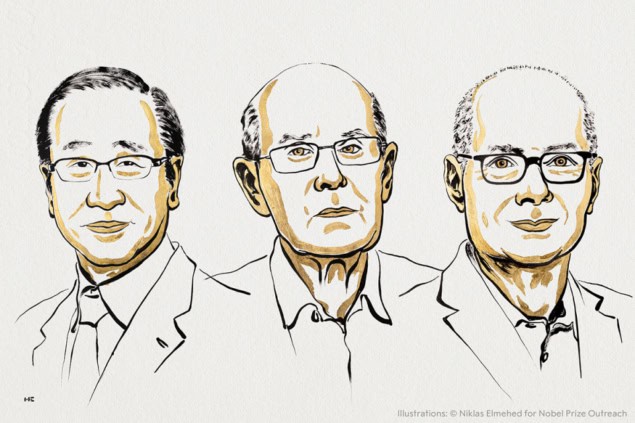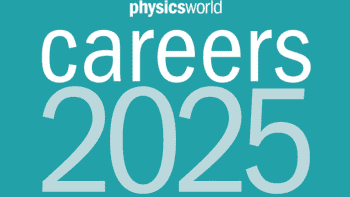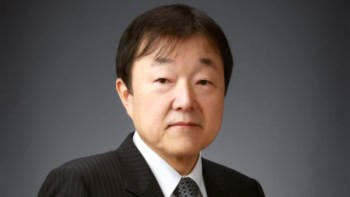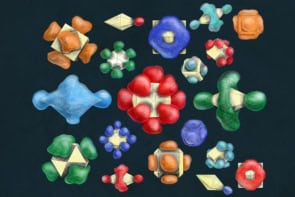
Susumu Kitagawa, Richard Robson and Omar Yaghi have been awarded the 2025 Nobel Prize for Chemistry “for developing metal-organic frameworks”.
The award includes a SEK 11m prize ($1.2m), which is shared equally by the winners. The prize will be presented at a ceremony in Stockholm on 10 December.
The prize was announced this morning by members of the Royal Swedish Academy of Science. Speaking on the phone during the press conference, Kitagawa noted that he was “deeply honoured and delighted” that his research had been recognized.
A new framework
Beginning in the late 1980s and for the next couple of decades, the trio, who are all trained chemists, developed a new form of molecular architecture in that metal ions function as cornerstones that are linked by long organic carbon-based molecules.
Together, the metal ions and molecules form crystals that contain large cavities through which gases and other chemicals can flow.
“It’s a little like Hermione’s handbag – small on the outside, but very large on the inside,” noted Heiner Linke, chair of the Nobel Committee for Chemistry.
Yet the trio had to overcome several challenges before they could be used such as making them stable and flexible, which Kitagawa noted “was very tough”.
These porous materials are now called metal-organic frameworks (MOF). By varying the building blocks used in the MOFs, researchers can design them to capture and store specific substances as well as drive chemical reactions or conduct electricity.
“Metal-organic frameworks have enormous potential, bringing previously unforeseen opportunities for custom-made materials with new functions,” added Linke.
Following the laureates’ work, chemists have built tens of thousands of different MOFs.
3D MOFs are an important class of materials that could be used in applications as diverse as sensing, gas storage, catalysis and optoelectronics.
MOFs are now able to capture water from air in the desert, sequester carbon dioxide from industry effluents, store hydrogen gas, recover rare-earth metals from waste, break down oil contamination as well as extract “forever chemicals” such as PFAS from water.
“My dream is to capture air and to separate air into CO2, oxygen and water and convert them to usable materials using renewable energy,” noted Kitagawa.
Their 2D versions might even be used as flexible material platforms to realize exotic quantum phases, such as topological and anomalous quantum Hall insulators.
Life scientific
Kitagawa was born in 1951 in Kyoto, Japan. He obtained a PhD from Kyoto University, Japan, in 1979 and then held positions at Kindai University before joining Tokyo Metropolitan University in 1992. He then joined Kyoto University in 1998 where he is currently based. John Clarke, Michel Devoret and John Martinis win the 2025 Nobel Prize for Physics
Robson was born in 1937 in Glusburn, UK. He obtained a PhD from University of Oxford in 1962. After postdoc positions at California Institute of Technology and Stanford University, in 1966 he moved to the University of Melbourne where he remained for the rest of his career.
Yaghi was born in 1965 in Amman, Jordan. He obtained a PhD from University of Illinois Urbana-Champaign, US, in 1990. He then held positions at Arizona State University, the University of Michigan and the University of California, Los Angeles, before joining the University of California, Berkeley, in 2012 where he is currently based.



